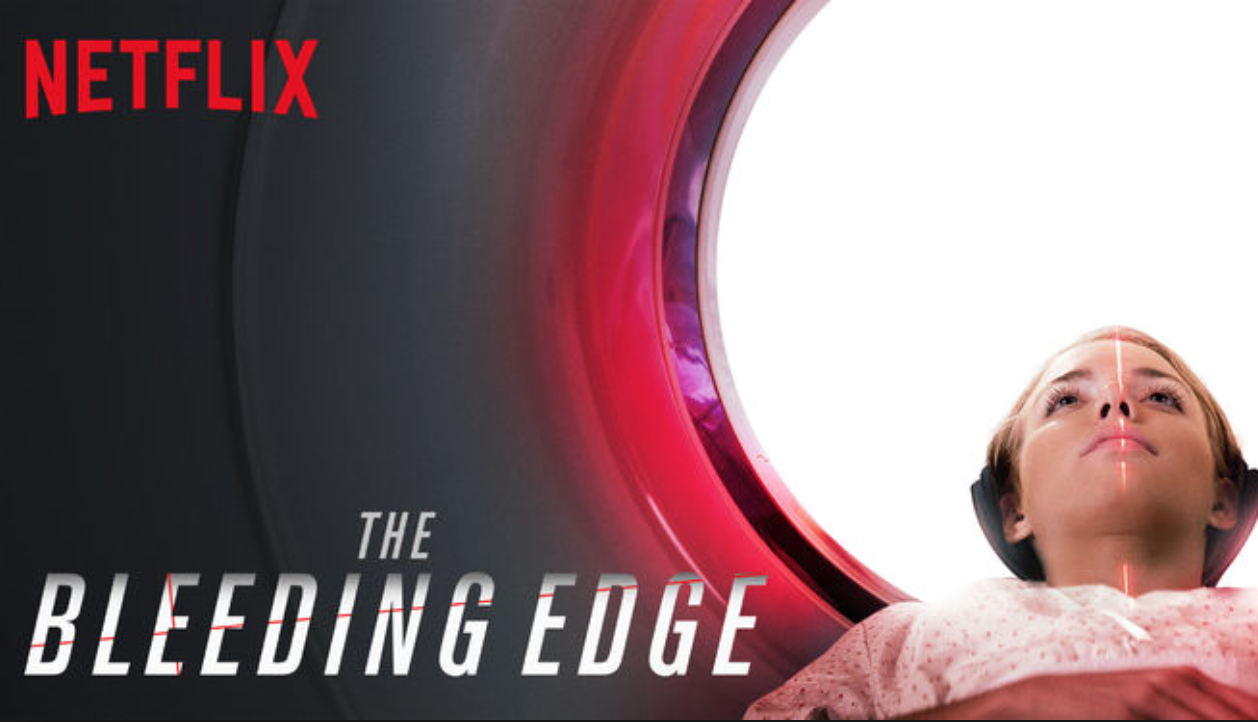THE BLEEDING EDGE, A REVIEW

BY ISHAN VAISH – When most people go into the operating room, they do not question the safety of the procedure they are about to undergo. That’s the FDA’s job, right? Netflix’s documentary The Bleeding Edge examines this grave misconception and attempts to expose the corruption present in the medical device industry.
The Bleeding Edge focuses mainly on four examples of the FDA’s inadequate regulation: Essure, vaginal mesh, Cobalt Hip-replacement, and the Da Vinci method of robotic surgery. The documentary cuts between these four cases to highlight some of the largest holes in the FDA’s medical device regulation system. In particular, Essure, a form of permanent birth control that has resulted in numerous medical problems, dominates the documentary’s focus. The emphasis on Essure is particularly effective because it epitomizes the problem with the FDA. The documentary explains how the FDA has two standards of regulating medical devices. Either devices must be thoroughly tested, or they must have a predecessor that had already been approved by the FDA. Providing this background highlights how products like Essure, which was considered to be one of the most regulated medical devices on the market, can still be unsafe. The documentary shines as it exposes how even with these standards in the mind, Essure had only undergone one small trial before becoming available on the market. Moreover, the documentary builds its pathos by spotlighting the Facebook advocacy group lobbying for a ban of this product.
The documentary spends less time discussing the issues with Cobalt-hip replacement, but this example still successfully conveys their message because of its extreme nature. Stephen Tower, a doctor himself, received a Cobalt-based hip replacement that practically drove him to insanity. Tower’s miraculous recovery upon having the replacement removed casts aside any speculation that his deranged mental state was a result of something else. The only issue that arises with this example is it’s limited scope. The documentary does not include any other cases of this phenomena, which contradicts its central argument throughout the film: that research must be thorough and comprehensive, not dependent on a singular case study.
While the documentary’s choppy style parallels the chaos of this industry, it hinders the strength of the vaginal mesh and Da Vinci surgery examples. Both receive little screen time and explanation. The Da Vinci surgery method, especially, appears almost randomly in the last third of the documentary for about ten minutes and then is never brought up again. The brevity makes the argument against this technology slightly confusing because the documentary only provides extreme examples of post-op complications and assigns the blame to the doctors for not knowing how to properly operate the machinery. The documentary, similarly, spends too little time explaining the issues with vaginal mesh. While it is made evident that it is not a good device, the documentary provides little explanation for how it came to the market and what can be done to avoid its use.
Though The Bleeding Edge may feel a bit rushed at moments, it ultimately presents a comprehensive examination of one of America’s most unregulated industries. Through examples like Essure and Cobalt-hip replacements, The Bleeding Edge demonstrates the FDA’s inadequacies and the need for immediate change. Most importantly, it succeeds as a documentary because it leaves people questioning the safety of the medical devices in their life.
